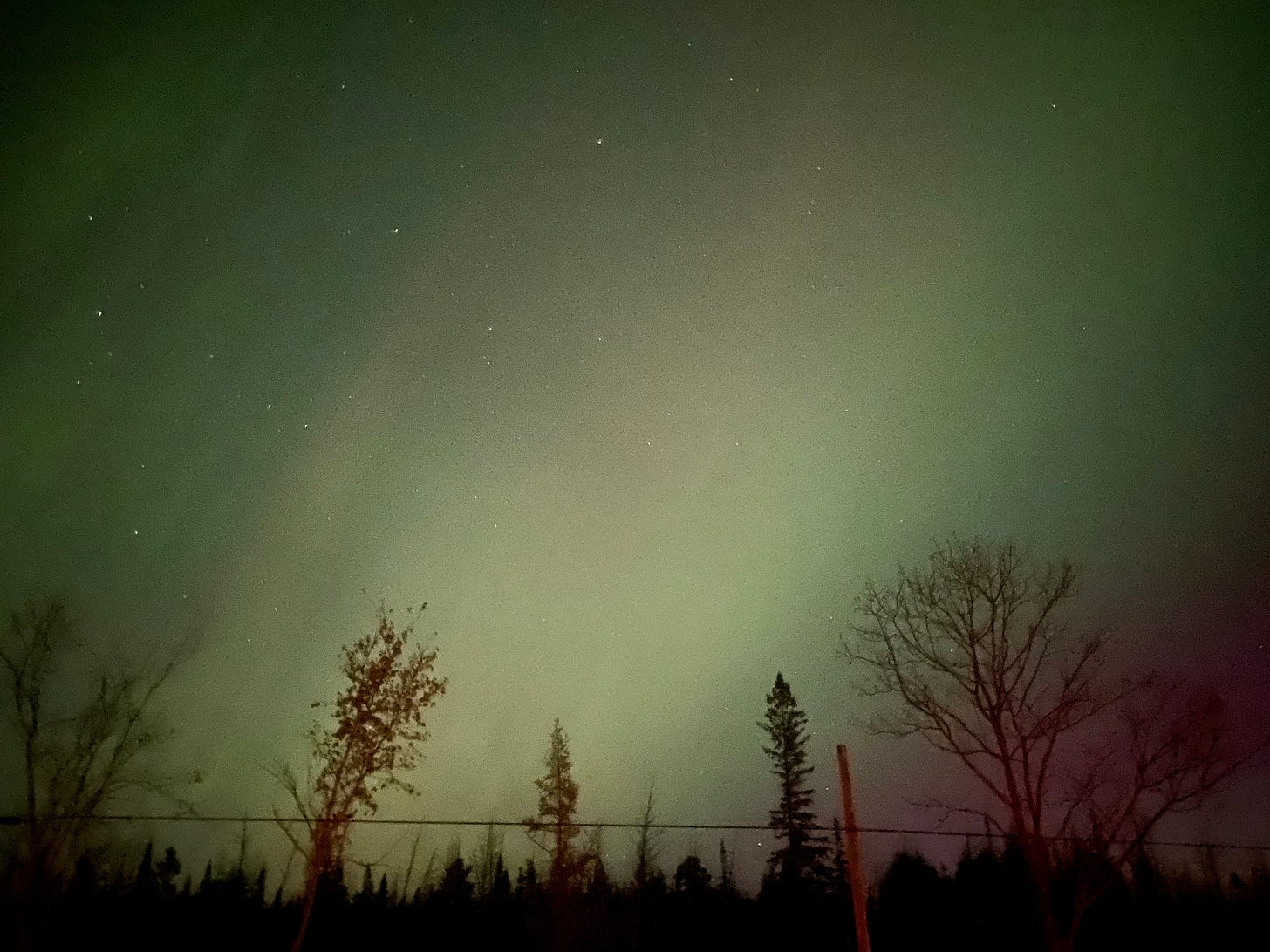Between Our Steps: The Gift of Night
Cathy Hird reflects on the beauty and necessity of darkness, from starlit winter nights on the farm to moonlit walks and lessons from family life.
Late on a clear February night, temperature minus twenty-five, I drove home to the farm from the city. Switching off the headlights, I turned off the car and stepped out into a space lit by stars. The Milky Way shone bright enough to cast a shadow. Orion had climbed into the s…
Keep reading with a 7-day free trial
Subscribe to The Owen Sound Current to keep reading this post and get 7 days of free access to the full post archives.




